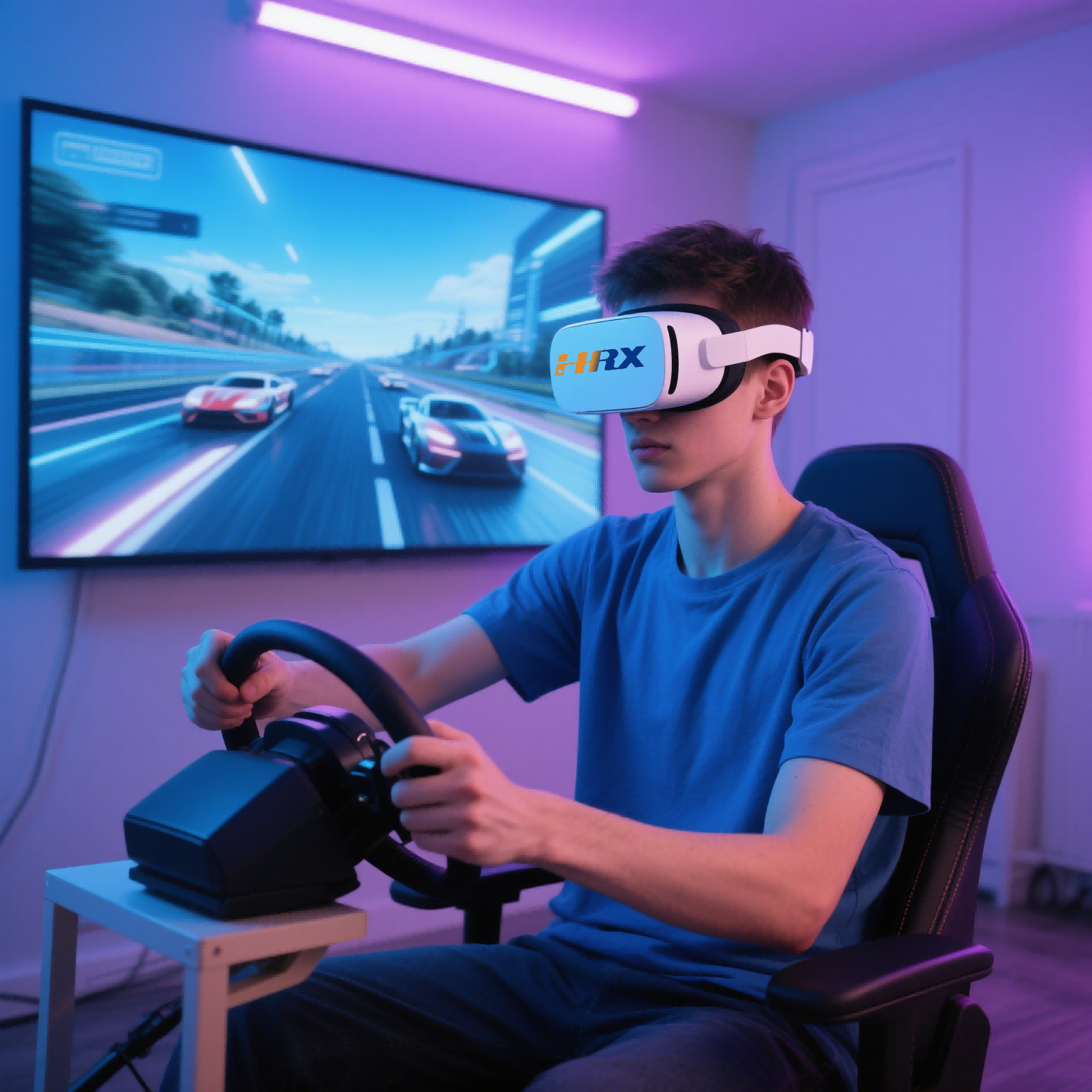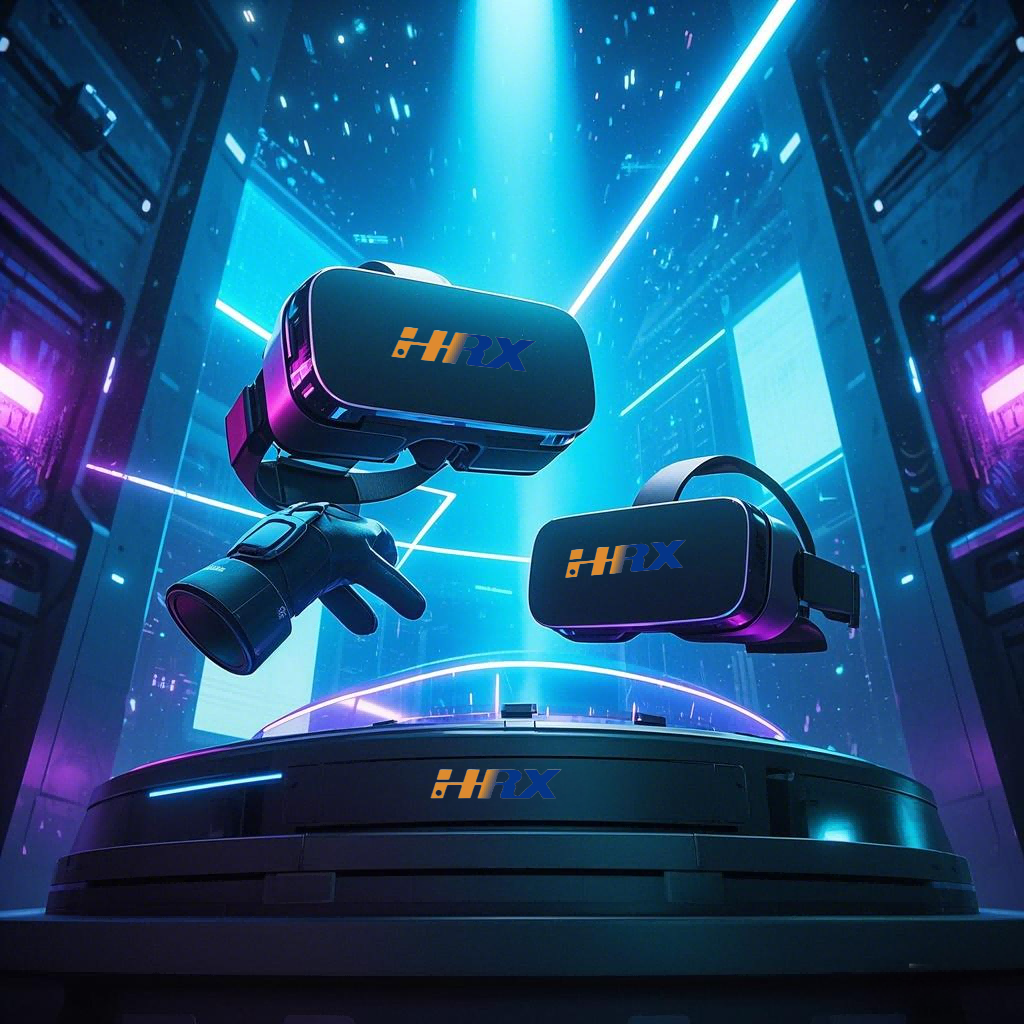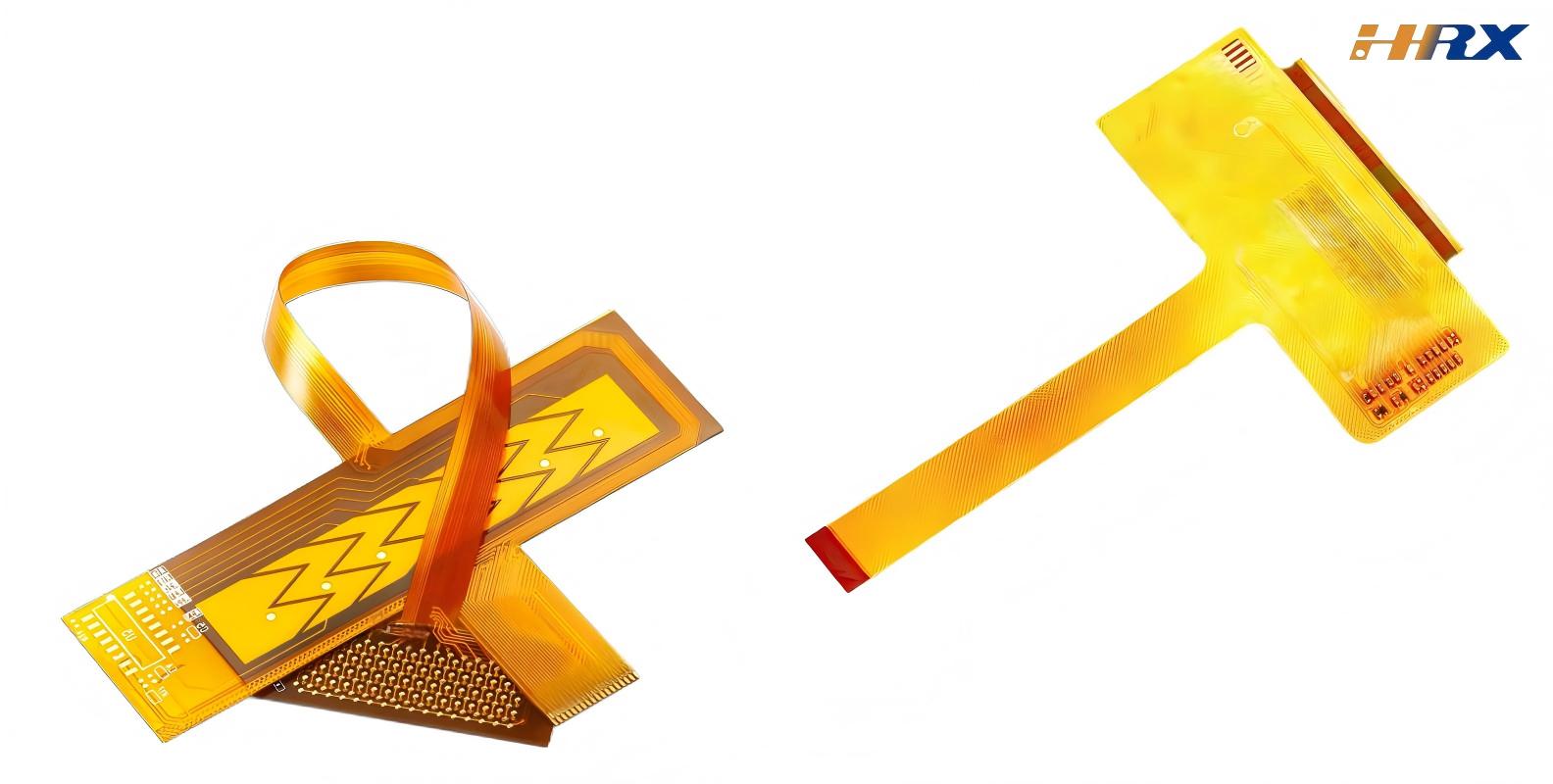Search
Unraveling the Critical Role of Flexible Printed Circuits in High - Performance VR/AR Device Production
- Apr 29,2025
-
Share
In the dynamic epicenter of the virtual reality (VR) and augmented reality (AR) technological renaissance, where temporal precision down to milliseconds and spatial accuracy within micrometers are non - negotiable, flexible printed circuits (FPCs) have emerged as the linchpin components. These unobtrusive yet highly sophisticated elements serve as the invisible architects, forming the very sinews that uphold the breathtaking immersive experiences we cherish in the AR/VR domain. As Shenzhen Huaruixin Electronics Co., Ltd., a globally recognized leader in the ODM/OEM manufacturing of FPC, PCB, and Rigid - Flex Printed Boards, with extensive capabilities in design, development, and large - scale production, we are deeply embedded in the vanguard of FPC technological advancements tailored for AR/VR applications.

The Core of FPC Technology: A Pinnacle of Modern Microelectronics
Fundamentally, FPCs represent the zenith of modern microelectronics engineering. At their core lies a flexible substrate, predominantly polyimide, renowned for its exceptional thermo - mechanical attributes. Capable of withstanding temperatures up to approximately 300 °C without significant degradation, this substrate is indispensable when situated in close proximity to power - intensive application - specific integrated circuits (ASICs) and high - performance graphics processing units (GPUs) that power AR/VR devices. Ultra - fine copper traces, with line widths and spacings often measured in single - digit micrometers, are meticulously printed onto this substrate through advanced photolithography techniques. These traces form an elaborate network, enabling the transmission of electrical signals with unparalleled precision and velocity, which is crucial for seamless AR/VR experiences.
Conquering the Space Optimization Quandary in VR/AR Devices
Space optimization poses a Herculean challenge in the engineering of VR/AR devices. The quest for ergonomic designs, compact form factors, and high - end computational capabilities necessitates innovative solutions. Here, the malleability of FPCs makes them the ideal panacea. Designers leverage cutting - edge computer - aided design (CAD) software to choreograph the FPC layout. For instance, in a VR headset, the FPC is tasked with artfully interfacing the micro - OLED display, boasting pixel densities that push the boundaries of human visual perception, with the motherboard housing a complex array of processors. This intricate connection demands serpentine routing, deftly maneuvering around mechanical impediments while minimizing signal crosstalk through techniques like differential pair routing. By strategically positioning ground planes and utilizing shielding vias, electromagnetic interference (EMI) is effectively mitigated, ensuring a pristine signal pathway for the voluminous data flowing between components. In the context of AR/VR FPC solutions, such precise routing is key to optimizing space and performance.
Signal Integrity: The Cornerstone of Immersive Realms
In the hyper - realistic landscapes of VR/AR, where even the slightest latency can shatter the illusion of immersion, signal integrity reigns supreme. High - definition video streams, real - time sensor data from inertial measurement units (IMUs) and depth cameras, and user interaction commands converge and require flawless transmission. FPCs are engineered with an array of advanced features to meet this exacting demand. Differential signaling, a cornerstone technique, employs paired conductors carrying complementary signals. This not only reduces crosstalk but also enhances the signal - to - noise ratio, facilitating multi - gigabit - per - second data transmission through the circuitry without distortion. Complementing this, electromagnetic shielding, implemented through metalized films or ferrite - based composites, is seamlessly integrated. This shielding acts as a bulwark against external EMI sources, whether from adjacent wireless modules or the device's internal power delivery network, safeguarding the delicate signals that underpin the seamless user experience. For high - density interconnect FPC, maintaining signal integrity becomes even more critical.
Precision Manufacturing: Orchestrating a Meticulous Overture
Manufacturing FPCs to meet the exacting standards of VR/AR is akin to conducting a precision - tuned symphony. It demands a manufacturing ecosystem outfitted with state - of - the - art technology and a team of seasoned experts. The etching process, where circuit patterns are realized, is executed with sub - micrometer precision. Ultra - precise etching machines, calibrated to the highest degree, ensure that the copper traces conform precisely to the design specifications, with zero tolerance for deviation. A mere one - micron variance in line width can trigger impedance mismatches, resulting in signal reflections and degradation. Quality control is a multi - faceted process. Visual inspections under high - powered microscopes, augmented by automated optical inspection (AOI) systems, meticulously scrutinize the FPC surface for any defects, from microscopic scratches that could lead to corrosion to etching irregularities that might cause short circuits. Electrical testing follows, with sophisticated instruments measuring parameters such as insulation resistance, capacitance, and signal propagation delay. Only FPCs that pass this rigorous gauntlet of tests are deemed fit for the final assembly line of VR/AR devices. In the FPC manufacturing industry, such stringent quality control is a hallmark of reliable production.
Environmental Resilience: Preparing FPCs for Diverse Operational Scenarios
VR/AR devices are deployed in a plethora of environments, ranging from the climate - controlled comfort of a home gaming setup to the arduous industrial settings where AR smart glasses aid in complex manufacturing processes. FPCs must exhibit exceptional resilience. In humid conditions, moisture ingress is a primary concern. To combat this, hydrophobic coatings, typically silicone - based polymers, are applied, creating a nanoscopic barrier that repels water molecules and protects the delicate copper traces from corrosion. In industrial environments characterized by heavy machinery - induced vibrations and wide temperature fluctuations, FPCs are fortified with vibration - damping materials, such as viscoelastic polymers, which absorb shocks and prevent solder joint failures. Thermal management solutions, including heat spreaders and phase - change materials, are also integrated to address thermal stress, ensuring the FPC remains operational and reliable under the most challenging conditions. When it comes to FPC for AR/VR devices, environmental resilience is a key factor in ensuring long - term functionality.
Our Experience and Key Considerations
Over the years, Shenzhen Huaruixin Electronics Co., Ltd. has amassed a wealth of experience in manufacturing FPCs tailored for AR/VR applications. One of the pivotal considerations is our commitment to close collaboration with clients from the conceptual design phase. By thoroughly understanding their specific requirements, including the number of sensors, circuit complexity, and desired form factor, we can optimize FPC design to achieve peak performance and reliability.
Another critical aspect is our unwavering investment in research and development. We are continuously exploring novel materials and manufacturing methodologies to elevate FPC performance. For example, we are delving into new polymers with enhanced flexibility and heat resistance, as well as advanced etching and plating techniques to achieve finer line widths and superior signal integrity. This R & D focus positions us as a leader in providing innovative FPC solutions for the AR/VR market.
Quality control is the bedrock of our manufacturing process. We have implemented a rigorous quality management system compliant with international standards. From raw material selection to final product inspection, every step is meticulously monitored to ensure that our FPCs meet the exacting quality demands of the AR/VR industry. Our dedication to quality makes us a trusted partner for FPC manufacturing in the global market.

Invitation to Collaborate
As the AR/VR industry continues its exponential growth trajectory, the significance of FPCs is set to soar. We, at Shenzhen Huaruixin Electronics Co., Ltd., are resolute in our commitment to remain at the vanguard of this technological evolution. We extend a warm invitation to industry peers, both new acquaintances and long - standing partners, to engage in dialogue, share knowledge, and collaborate. Whether you are a device manufacturer seeking cutting - edge FPC solutions, a technology researcher exploring new frontiers, or a potential partner interested in forging mutually beneficial alliances, we eagerly anticipate working with you to push the boundaries of FPC technology for AR/VR applications and craft more immersive and innovative experiences for users worldwide.

Let’s talk! We’ll provide the perfect solution for you!
-
 Huaruixin Electronics mainly produces printed circuit boards as the core business, to provide customers with one-stop solutions for FPC/PCB production, components sourcing and Assembly.
Huaruixin Electronics mainly produces printed circuit boards as the core business, to provide customers with one-stop solutions for FPC/PCB production, components sourcing and Assembly. - WHAT WE DO — PCB Design Solutions — Flex PCB Production — Components Sourcing — FPC&PCB Assembly
- PRODUCTS — Single Sided Flexible Circuits — Double Sided Flexible Circuits — Multilayer Flexible Cirucits — Rigid-Flex Circuits — FPC Assembly — PCB Assembly
- CAPABILITY — FPC Capability — Rigid-Flex Capability — PCB Capability — Assembly Capability
- Copyright © 2024 Shenzhen Huaruixin Electronics Co., Ltd. All Rights Reserved.
- Design By BONTOP


